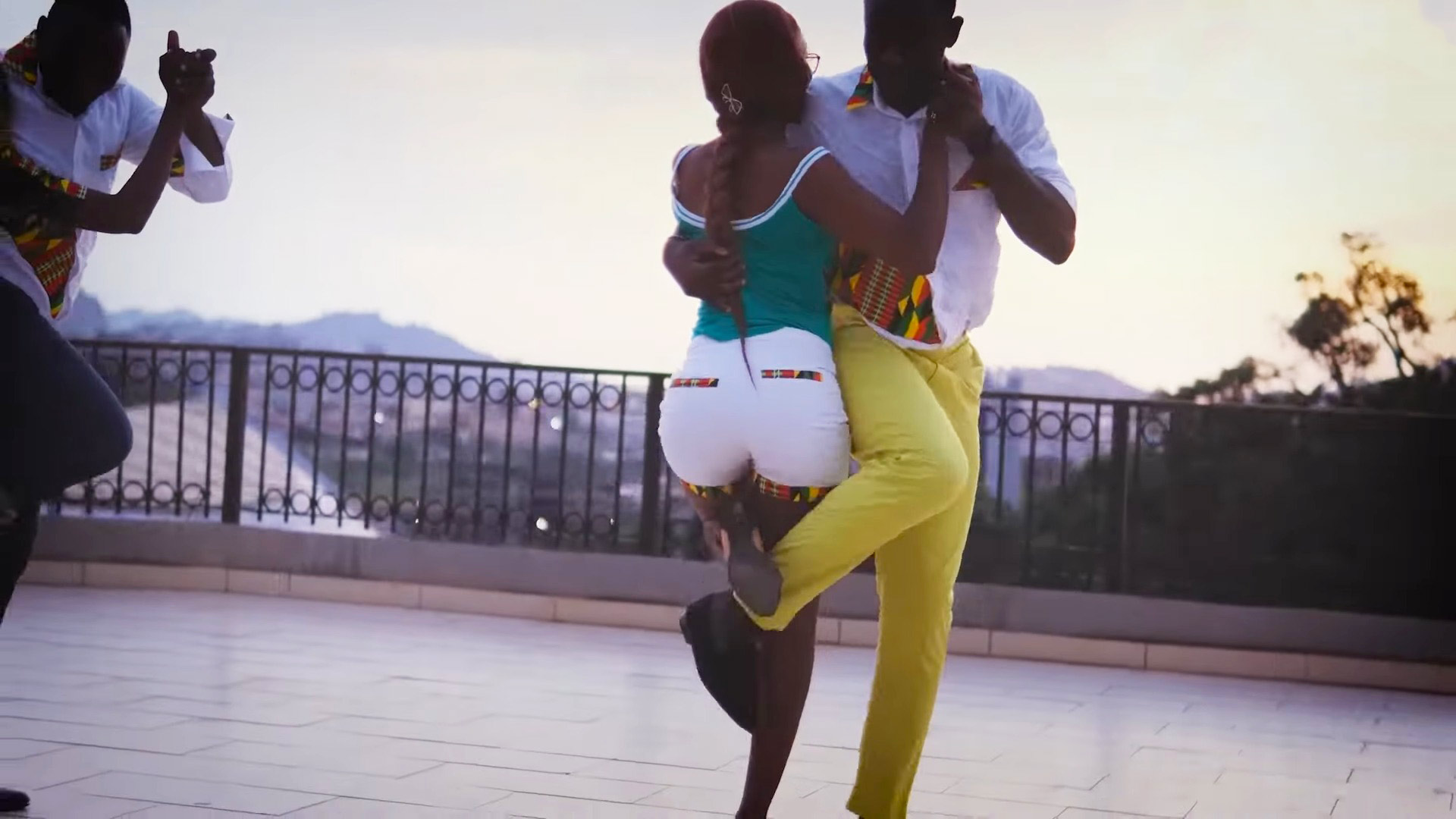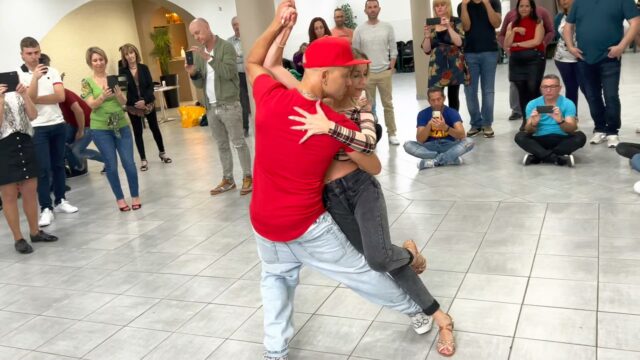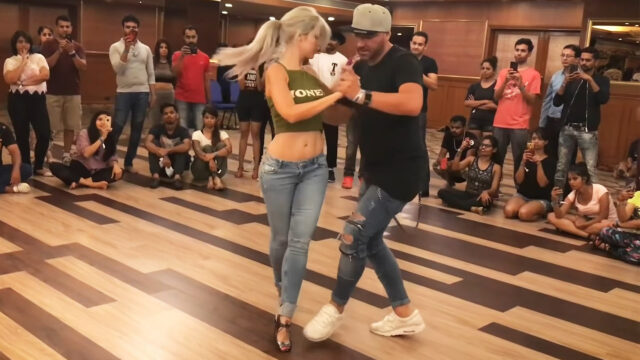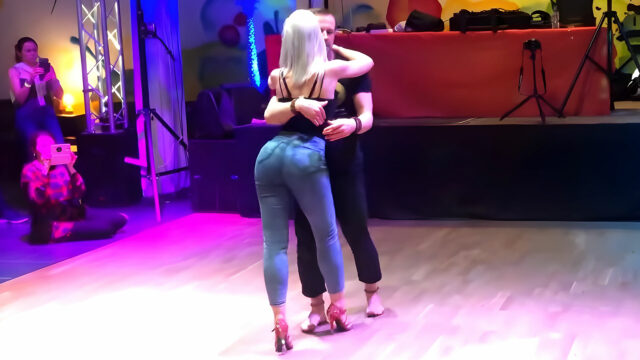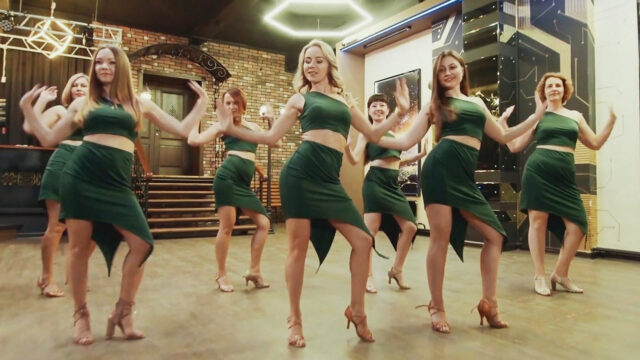Semba is a super fun and energetic partner dance that originated in Angola. It is closely related to the dance style of kizomba, but has some distinct differences that make it unique and captivating. Semba is characterized by a fast-paced, rhythmic movement that is often described as “bouncy” or “bubbly”. Take a look at this choreography by Addict DanceS’Cool:
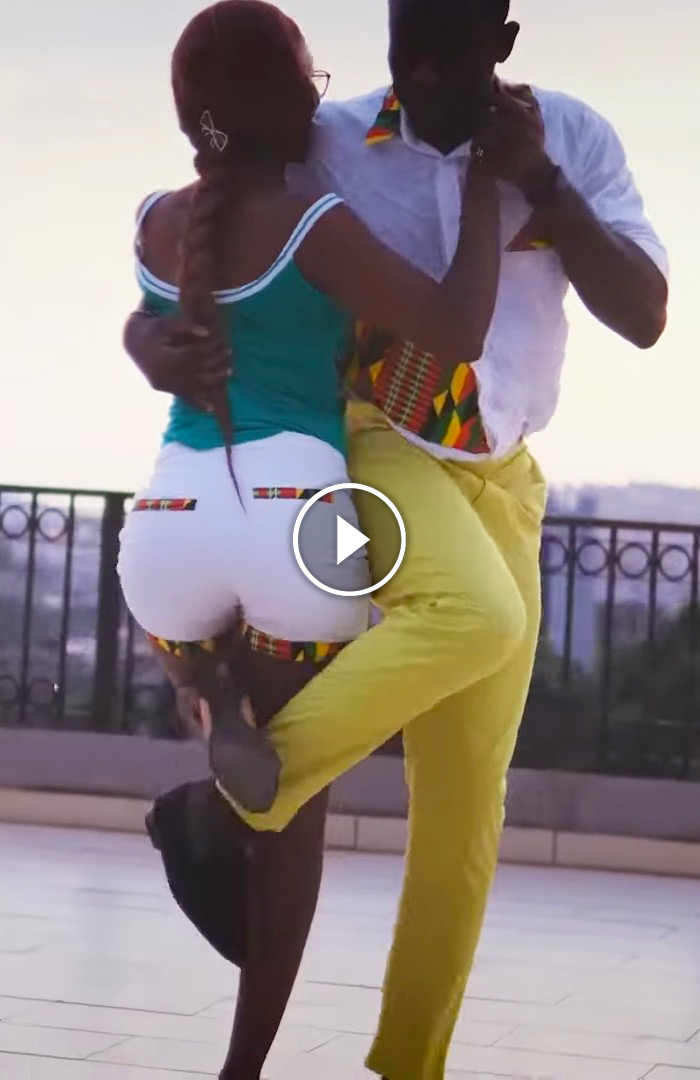
It is danced to upbeat Angolan music with a strong percussive beat, which drives the dynamic and playful movements of the dancers. One of the key differences between semba and kizomba is the speed and energy level. Semba is generally danced at a much faster tempo than kizomba, with dancers moving their bodies quickly and fluidly to the driving beat of the music.
- Kizomba Meets Tango: Ben & Ana’s Masterful Workshop Demo
- Sara Lopez & Ivo Vieira: Captivating Kizomba to African Woman
- How Difficult is Kizomba to Learn?
This faster pace requires a high level of coordination and agility, as dancers must be able to execute rapid footwork and body movements in time with the music. In contrast, kizomba is a slower, more sensual dance that emphasizes a close connection between the partners and a more controlled, smooth movement style.
Another distinguishing feature of semba is the emphasis on improvisation. While kizomba has a more structured and choreographed feel, semba encourages dancers to improvise and put their own personal spin on the movements. This allows for a greater degree of creativity and spontaneity on the dance floor, as dancers can experiment with different steps, turns, and body movements to the music. The result is a dynamic and ever-changing dance experience that is both visually captivating and physically exhilarating.
Despite these differences, semba and kizomba share a common foundation in the Angolan dance tradition. Both dances originated in Angola and have roots in the country’s rich cultural heritage. This shared heritage is reflected in the similar body movements and partner connection that are central to both dance styles. In both semba and kizomba, dancers maintain a close physical connection, although kizomba can be a lot closer. This connection is essential to the overall flow and harmony of the dance.
Another aspect of semba that makes it so fun and enjoyable is the physical challenge it presents. The rapid footwork and body movements required to execute the dance can be quite demanding, but the sense of accomplishment and mastery that comes with learning and perfecting the dance is incredibly rewarding. Dancers can continually work to improve their technique and expand their repertoire of semba moves, which keeps the dance fresh and engaging over time.
If you enjoyed this article, feel free share it with your friends and let them know what you think about it. Also, consider checking out our most recent posts and stay in touch. Thank you!
